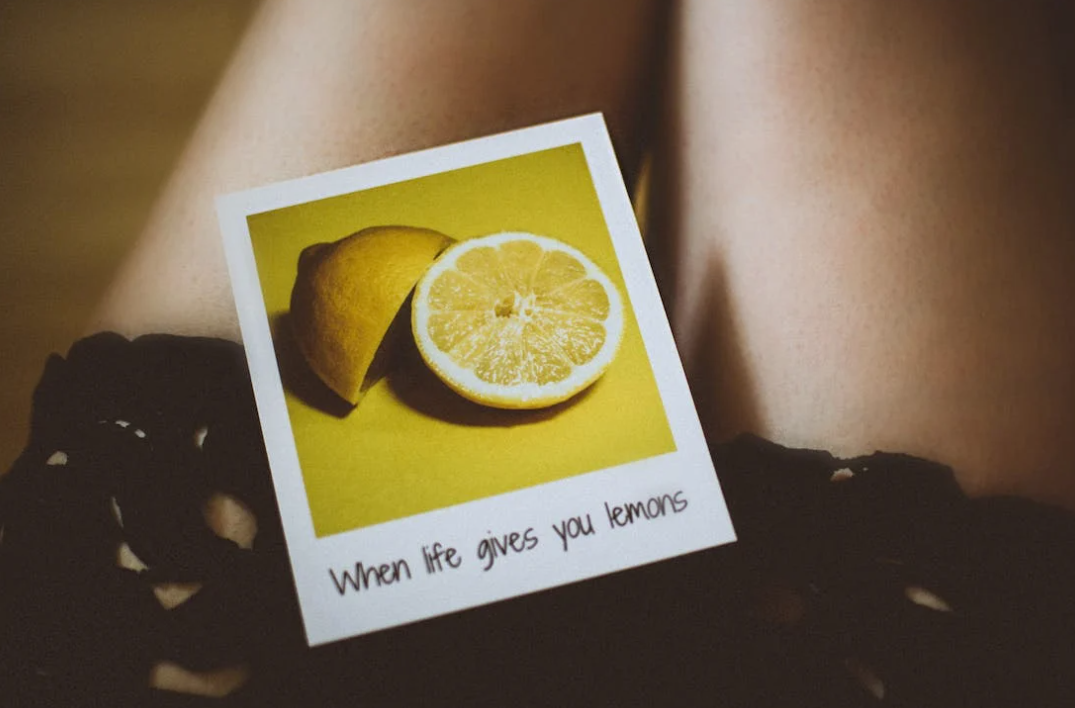5801Views 0Comments

When Life Gives Lemons, Use Them in Your Designs
Life often presents us with challenges, surprises, and opportunities, much like the old saying goes, “When life gives you lemons, make lemonade.” But what if, instead of just making lemonade, you used those lemons as inspiration for your designs? Life is full of unexpected moments, and the key to being a great designer is knowing how to take these experiences and turn them into something creative and beautiful. Here’s how you can turn life’s lemons into design gold.
See Inspiration Everywhere
Designers know that inspiration can come from anywhere: a walk in the park, an overheard conversation, or even a frustrating day. The secret to using life’s lemons is learning to open your eyes to the world around you.
- Look for patterns, shapes, and colors in everyday objects.
- Notice how light and shadows change throughout the day.
- Pay attention to your emotions and how they might influence your work.
Inspiration is all around us. By training yourself to notice the small things, you’ll find endless ideas for your designs.
Turn Problems Into Creative Solutions
Sometimes, life hands you problems that seem like roadblocks. But as a designer, these challenges can be turned into opportunities. For example:
- If a client rejects an idea, use it as a chance to brainstorm something even better.
- If a project is limited by a tight budget, think of creative, low-cost alternatives.
When life gives you lemons, find a way to make them work in your favor. The most innovative designs often come from working within constraints or finding solutions to tough problems.
Incorporate Personal Experiences Into Your Designs
Your life experiences are unique to you. Whether it’s a happy memory, a difficult lesson, or an inspiring moment, these experiences can shape your design work in powerful ways. Think about how you can weave personal stories into your creative process:
- Use colors and textures that remind you of specific moments in your life.
- Create designs that reflect your cultural background or personal history.
- Take inspiration from your hobbies, interests, or the places you’ve traveled.
Design becomes more meaningful when it’s connected to something personal. By using your own experiences, you can create work that resonates with others on a deeper level.
Experiment With Different Perspectives
When life gives you lemons, it might be an invitation to see things from a different perspective. As a designer, it’s important to be flexible and open to new ideas. Try to:
- Experiment with different design styles, even ones outside your comfort zone.
- Look at your work from the perspective of your audience or client.
- Collaborate with other designers or creatives to gain fresh insights.
Changing your point of view can lead to breakthrough ideas that you wouldn’t have discovered otherwise. Sometimes, life’s lemons are the push you need to see things differently.
Embrace Imperfection
Life is messy, and so is the creative process. As a designer, it’s easy to get caught up in the pursuit of perfection, but sometimes it’s the imperfections that make a design stand out.
- Use rough sketches and hand-drawn elements in your work.
- Experiment with textures and layers to add depth and character.
- Embrace the unexpected—happy accidents can lead to beautiful designs.
By accepting that not everything has to be perfect, you allow yourself the freedom to take risks and explore new ideas. Sometimes, the best designs come from embracing imperfections.
Find Meaning in the Mundane
Not every day is going to be filled with excitement and inspiration. But even in the most ordinary moments, there’s beauty to be found. Try to:
- Use simple, everyday objects as inspiration for patterns or color schemes.
- Find beauty in repetition, symmetry, or balance in your designs.
- Turn a simple idea into something elegant and impactful.
The ability to find meaning in the mundane is a powerful skill for any designer. When life feels ordinary, it’s up to you to turn it into something extraordinary.
Create a Visual Story
Design is more than just making things look good; it’s about telling a story. When life gives you lemons, think about how you can use your designs to tell a visual story that connects with your audience.
- Use colors and typography to evoke specific emotions or moods.
- Arrange elements in a way that guides the viewer through a narrative.
- Incorporate symbolism or metaphors to add deeper meaning to your designs.
Every design tells a story, and every life experience can provide inspiration for that story. By turning life’s moments into visual narratives, you create designs that are both meaningful and memorable.
Stay Resilient and Keep Designing
Life’s challenges will always come, but it’s how you respond to them that defines you as a designer. When things don’t go as planned, don’t give up. Instead:
- Take breaks to recharge and find new inspiration.
- Use setbacks as learning experiences.
- Stay curious and continue experimenting with new ideas.
Resilience is key to any creative process. The more you practice turning life’s lemons into creative opportunities, the stronger and more versatile you’ll become as a designer.
Conclusion
When life gives you lemons, use them in your designs. Inspiration is everywhere, and even the most challenging moments can fuel your creativity. By seeing the world through a designer’s lens, embracing imperfections, and using personal experiences to shape your work, you can turn life’s ups and downs into beautiful and impactful designs. Every experience—whether good or bad—becomes an opportunity to create something new, meaningful, and unforgettable.


